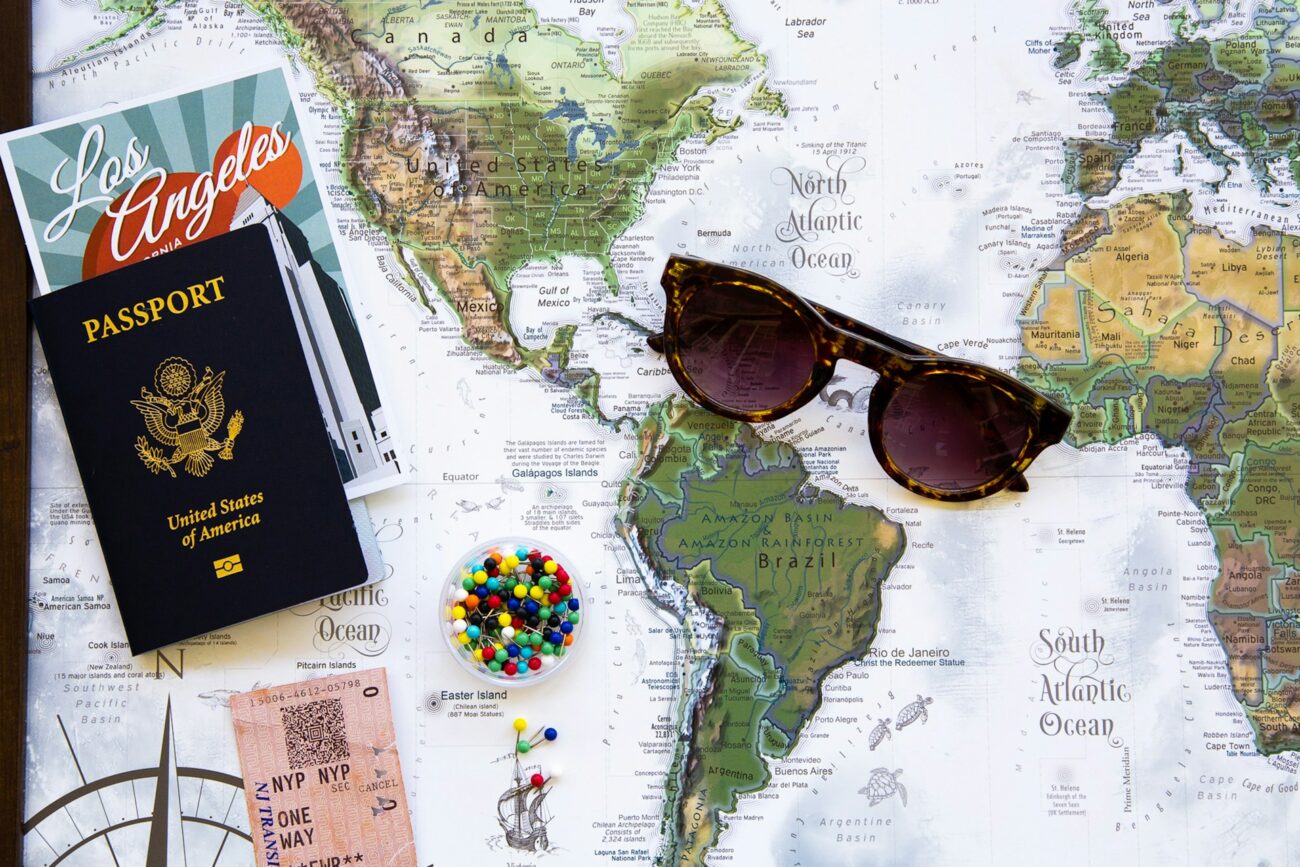Embarking on international adventures offers an enriching opportunity to experience diverse cultures, breathtaking landscapes, and unforgettable encounters. However, navigating foreign territories comes with unique challenges that require preparation and vigilance. For U.S. citizens venturing abroad, understanding how to protect yourself, your belongings, and your peace of mind becomes as essential as packing your passport.
This comprehensive guide presents twelve vital safety tips designed to help American travelers confidently explore the world while minimizing risks and maximizing enjoyment. From pre-departure preparations to on-the-ground awareness strategies, these recommendations will serve as your roadmap to safer global explorations.
Register with the Smart Traveler Enrollment Program (STEP)
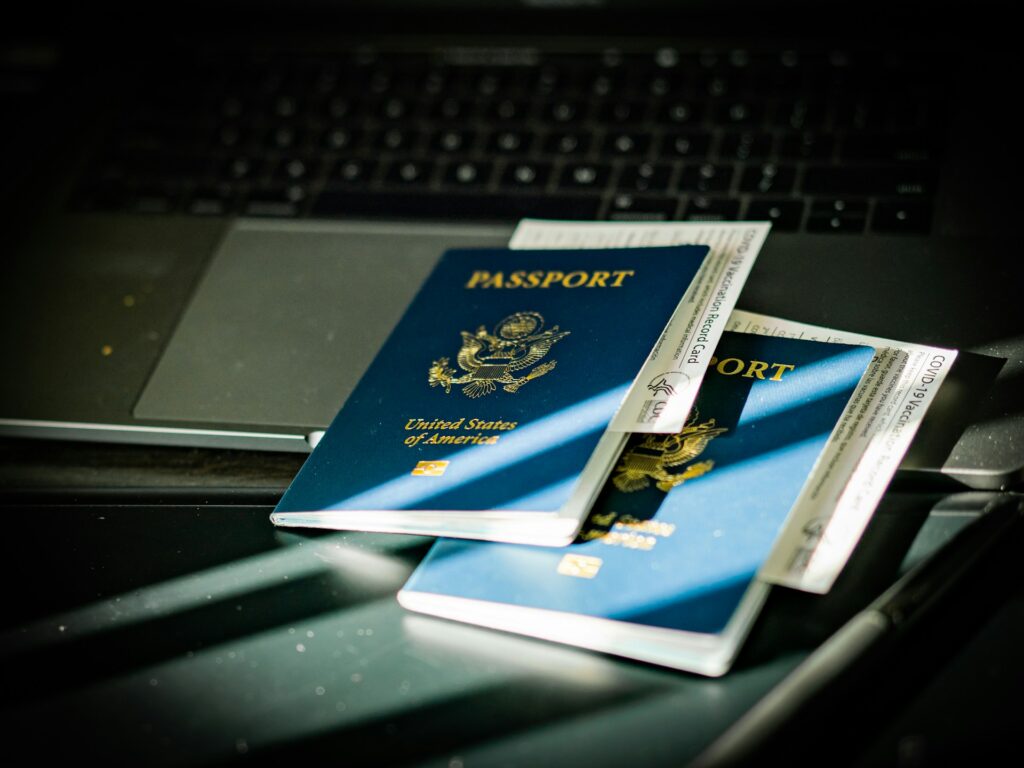
Before departing on your international journey, take a few minutes to enroll in the State Department’s Smart Traveler Enrollment Program, commonly known as STEP. This free service allows U.S. citizens traveling abroad to register their trip with the nearest U.S. Embassy or Consulate. In the event of an emergency—whether it’s a natural disaster, civil unrest, or family emergency—the local embassy can more easily contact you with crucial information.
Additionally, STEP registration helps family members or friends get in touch with you during emergencies when direct communication isn’t possible. The program also provides automatic updates about safety conditions in your destination country, keeping you informed about potential risks or evolving situations that might affect your travel plans.
Research Destination-Specific Health Risks and Vaccinations

Health preparation is a critical yet often overlooked aspect of international travel safety. At least 4-6 weeks before departure, consult the CDC’s Travelers’ Health website or visit a travel medicine specialist to understand region-specific health risks and required or recommended vaccinations. Some countries mandate proof of certain vaccinations, such as yellow fever, before allowing entry.
Beyond vaccinations, research common illnesses in your destination, such as malaria, dengue fever, or traveler’s diarrhea, and pack appropriate preventive medications and treatments. Consider purchasing travel health insurance that covers medical evacuation, as U.S. health insurance often provides limited or no coverage overseas. Remember that water and food safety standards vary dramatically worldwide, so familiarize yourself with specific precautions for your destination countries.
Make Multiple Copies of Important Documents
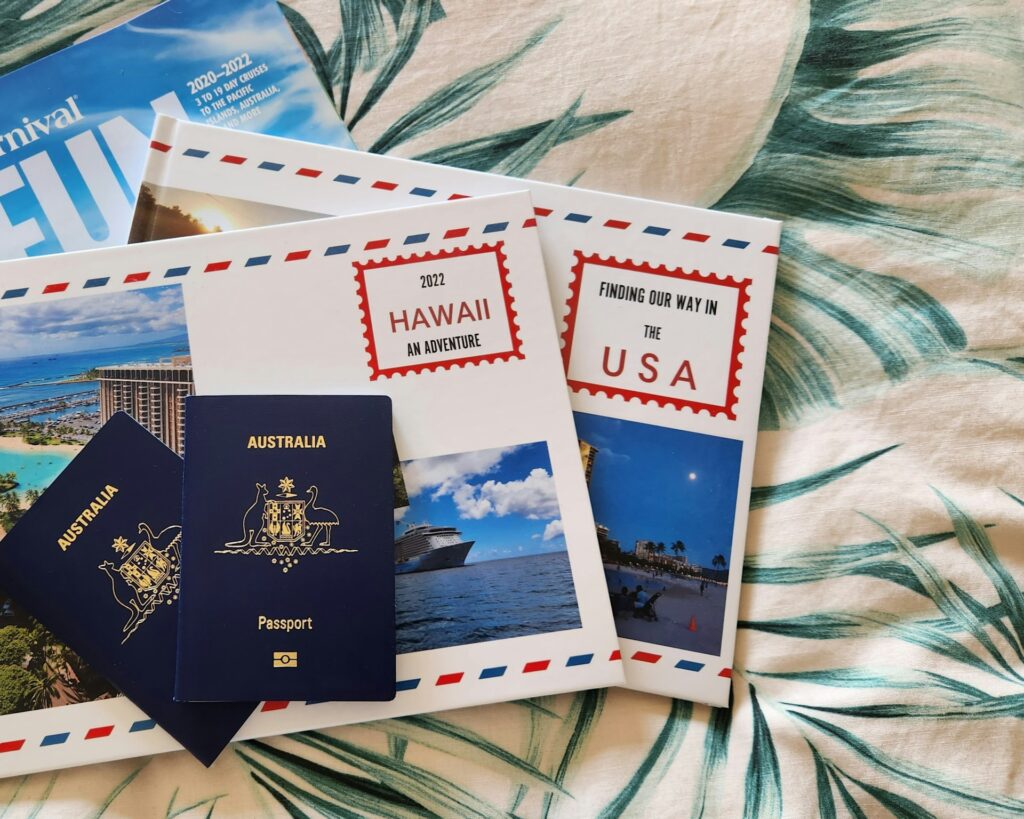
Document security represents a fundamental yet straightforward travel safety measure that can save tremendous headaches if the unexpected occurs. Before departing, make at least two photocopies of your passport, driver’s license, visa documents, travel insurance policy, itinerary, and emergency contact information. Store one set of copies separately from your originals in your luggage, and leave another set with a trusted friend or family member at home who can quickly email or fax them if needed.
Additionally, create digital scans of these documents and store them securely in an encrypted cloud storage service that you can access from any device with internet connectivity. For extra security, email yourself password-protected copies that you can retrieve from your inbox while traveling, providing multiple access points to this crucial information.
Learn Basic Local Phrases and Emergency Terms
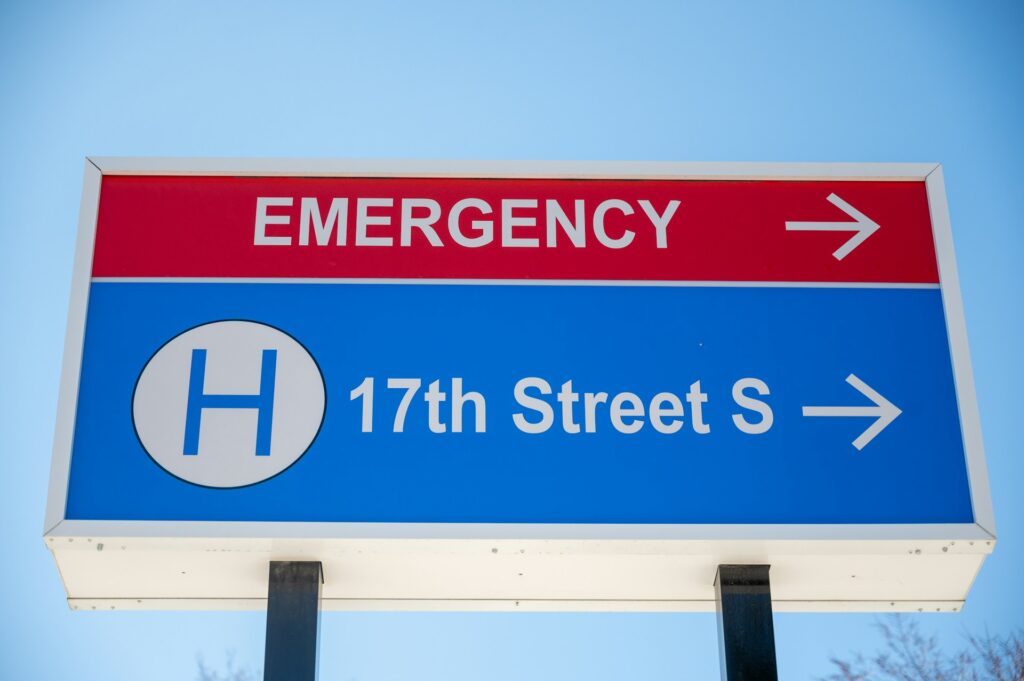
Language barriers can significantly complicate emergency situations, making basic language preparation an essential safety strategy. Before traveling, learn and practice fundamental phrases in the local language, particularly those related to seeking help, medical emergencies, and navigation. Key phrases should include how to say “I need help,” “I need a doctor,” “Where is the hospital?” and “Please call the police.”
Additionally, save these phrases in a note on your phone, both in English and the local language, for quick reference when needed. Consider downloading an offline translation app that functions without internet access, as connectivity can be unreliable in many parts of the world. Understanding basic directional terms and numbers will also prove invaluable when navigating unfamiliar territories or communicating with taxi drivers and emergency personnel.
Secure Your Valuables with Smart Storage Solutions

Tourists often become targets for pickpockets and thieves, particularly in crowded tourist destinations, public transportation, and marketplaces. Invest in theft-deterrent gear such as slash-proof bags, hidden money belts, or underclothing pouches to store passports, extra credit cards, and cash. When exploring, carry only what you need for the day and leave extra cash, backup credit cards, and your passport in your hotel’s safe if available.
Consider bringing a dummy wallet with a small amount of cash and expired cards to hand over in the rare case of a mugging—keeping your real valuables concealed elsewhere. Avoid displaying expensive jewelry, designer clothing, or high-end electronics that might signal wealth to potential thieves. Remember that distraction techniques are common tactics among pickpockets, so maintain awareness of your belongings even when approached by strangers or during unusual commotion.
Research Common Scams in Your Destination

Every region has its unique spectrum of tourist-targeted scams that locals have refined over years of practice. Before arriving at your destination, spend time researching common scams in the specific countries and cities you’ll visit, as these schemes are often geographically distinctive. In Paris, you might encounter the “gold ring” scam, while in Southeast Asia, tuk-tuk drivers might insist certain attractions are closed to divert you to commission-paying shops. Learning to recognize these patterns beforehand helps you identify potential scams as they unfold.
Pay particular attention to scams involving transportation, accommodation, currency exchange, and seemingly friendly locals offering unsolicited assistance. Travel forums, destination-specific guidebooks, and embassy websites frequently outline these common schemes and provide specific advice for avoiding them. When approached with deals that seem unusually generous or convenient, remember the universal truth that if something seems too good to be true, it likely is.
Use Secure Digital Practices While Traveling
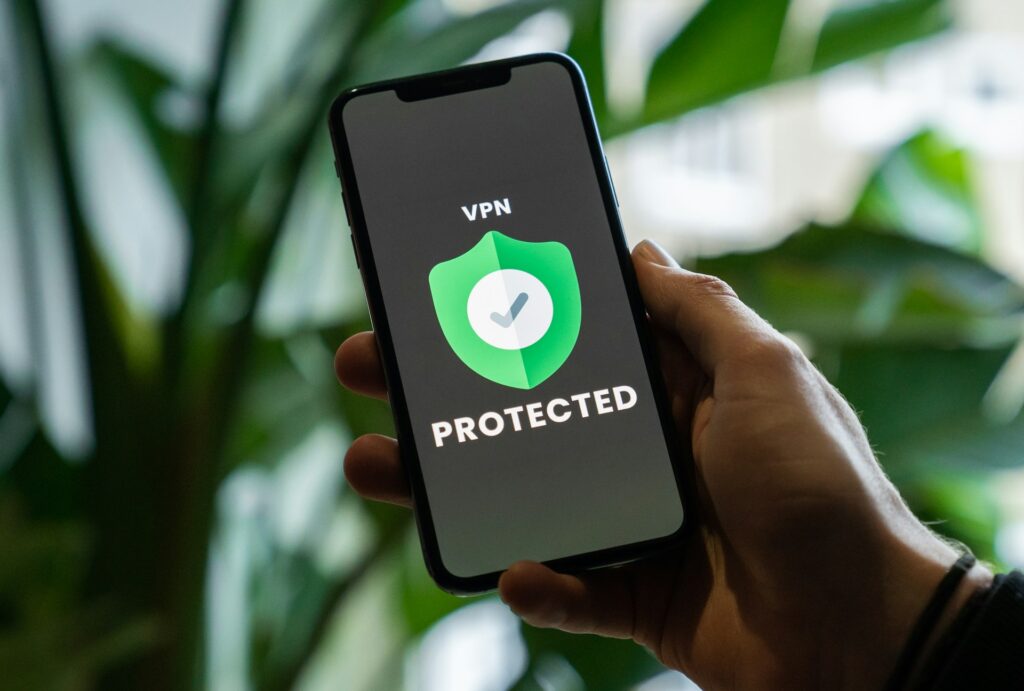
Cybersecurity deserves equal attention alongside physical safety during international travel. Avoid using public Wi-Fi networks for sensitive activities like online banking or accessing password-protected accounts, as these networks are vulnerable to data interception. Consider using a reputable VPN (Virtual Private Network) service to encrypt your internet traffic when connecting to public networks in hotels, cafes, or airports.
Before traveling, update all your devices with the latest security patches and enable two-factor authentication on important accounts to provide an additional security layer. Be wary of public charging stations, which can potentially be used for “juice jacking”—stealing data through charging ports—and instead carry your own portable charger. Additionally, disable auto-connect features for Bluetooth and Wi-Fi on your devices to prevent them from connecting to potentially malicious networks without your knowledge.
Maintain Regular Communication with Home

Establishing a consistent communication schedule with family or friends at home creates an important safety net during international travel. Before departing, identify your preferred communication methods, whether through messaging apps, email, or scheduled video calls, and establish realistic expectations about frequency based on your itinerary and the connectivity available at your destinations.
Share your detailed itinerary, including accommodations, transportation plans, and scheduled activities, with at least one trusted person who can track your expected movements. Agree on a procedure if you miss a scheduled check-in, such as waiting 24 hours before contacting authorities. If traveling to remote areas with limited connectivity, research in advance where and when you’ll have signal or internet access, and inform your contacts about potential communication blackout periods to prevent unnecessary worry.
Understand Local Transportation Safety
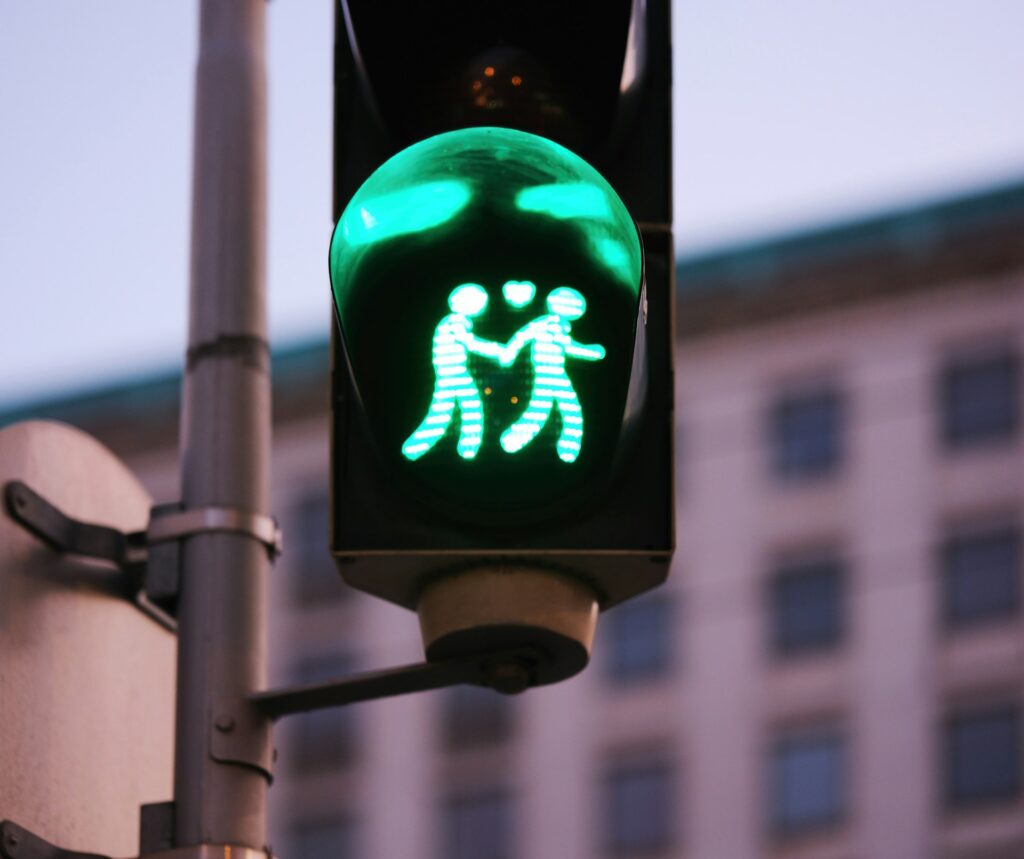
Transportation systems vary dramatically across countries, with significant differences in safety standards, reliability, and common practices. Research your destination’s transportation landscape before arrival, identifying which modes are considered safest and which might pose elevated risks for tourists. In many countries, ridesharing apps provide safer alternatives to hailing street taxis, as they create digital records of your journey and driver information.
When using public transportation, remain vigilant about your surroundings and belongings, particularly in crowded subways or buses where pickpocketing often occurs. For longer journeys between cities, research the safety records of bus companies or train services, as quality can vary substantially even within the same country. If renting vehicles, thoroughly investigate local driving customs, road conditions, and insurance requirements, as traffic norms and right-of-way practices differ significantly worldwide and can catch foreign drivers off guard.
Respect Local Laws and Customs

Understanding and respecting local laws, cultural norms, and religious practices serves both as a sign of respect and a crucial safety measure. Research your destination’s cultural sensitivities regarding dress codes, public behavior, photography restrictions, and religious observances before arrival. Some seemingly innocent behaviors in the U.S.—such as public displays of affection, consumption of alcohol in certain areas, or photographing government buildings—can result in serious legal consequences in other countries.
Pay particular attention to laws regarding substances that might be legal in parts of the U.S. but severely punished elsewhere. Remember that U.S. citizenship does not exempt you from local laws, and the U.S. Embassy’s ability to intervene in legal matters is limited. Additionally, familiarize yourself with appropriate tipping practices, bargaining norms in marketplaces, and proper etiquette for entering religious sites to avoid unintentionally causing offense or creating uncomfortable situations.
Prepare for Medical Emergencies Abroad

Medical emergencies require special preparation when traveling internationally, where healthcare systems may differ significantly from those in the United States. Research the quality and accessibility of medical care at your destinations, noting the locations of reputable hospitals and clinics in each city you’ll visit. Carry a well-stocked travel medical kit with prescription medications in their original labeled containers, along with a letter from your physician explaining their necessity.
Learn how to describe your allergies, chronic conditions, and blood type in the local language or carry a medical information card translated into relevant languages. Maintain digital and physical copies of your health insurance information, including international coverage details and emergency assistance phone numbers. For regions with limited medical facilities, consider purchasing medical evacuation insurance that can transport you to a facility with adequate care in case of serious illness or injury.
Develop a Crisis Management Plan

While no traveler expects to encounter a crisis abroad, preparation for worst-case scenarios provides invaluable peace of mind and practical guidance during emergencies. Before departure, research the location of the nearest U.S. Embassy or Consulate in each destination and save their emergency contact numbers in your phone. Establish a communication plan with family members detailing how you’ll make contact during various types of emergencies, including natural disasters, political unrest, or terrorist incidents.
Identify multiple evacuation routes from your accommodations and familiarize yourself with the location of emergency exits upon arrival. Research your destination country’s emergency services system, including local emergency numbers equivalent to 911 in the U.S., as these vary worldwide. Additionally, establish financial contingency plans, such as maintaining an emergency credit card with a high limit or setting up wire transfer capabilities with your bank in case you need funds quickly during a crisis.
Conclusion

International travel opens windows to extraordinary experiences and perspectives, but it requires thoughtful preparation to navigate safely. By implementing these twelve essential safety strategies, U.S. citizens can significantly reduce their vulnerability while abroad without compromising the joy of discovery. Remember that being prepared doesn’t mean being paranoid—rather, it creates the foundation for confident exploration and meaningful cultural exchange.
The most memorable journeys balance adventure with awareness, curiosity with caution, and spontaneity with sensible precautions. As you pack your bags for your next international adventure, pack these safety practices alongside your passport, and you’ll be well-equipped to embrace the world’s wonders while protecting your wellbeing throughout your travels.

